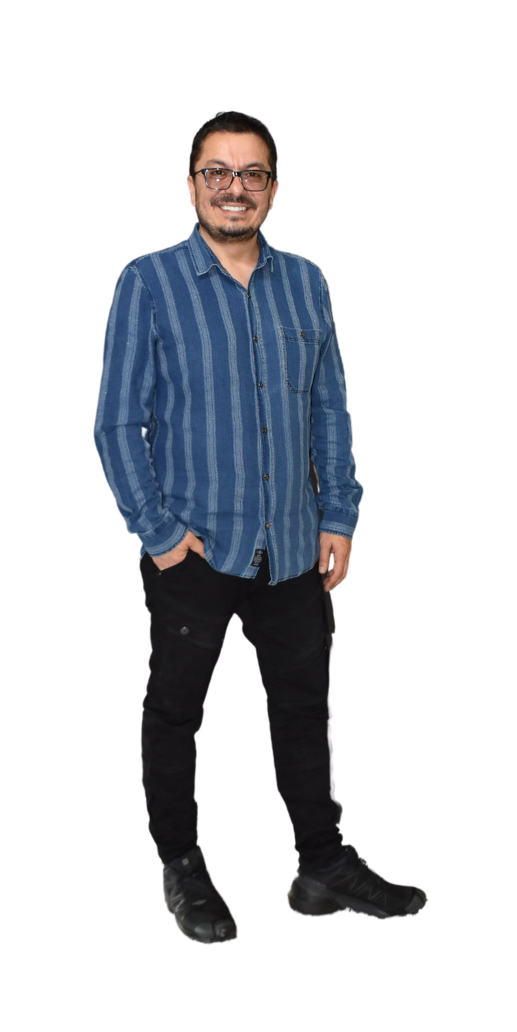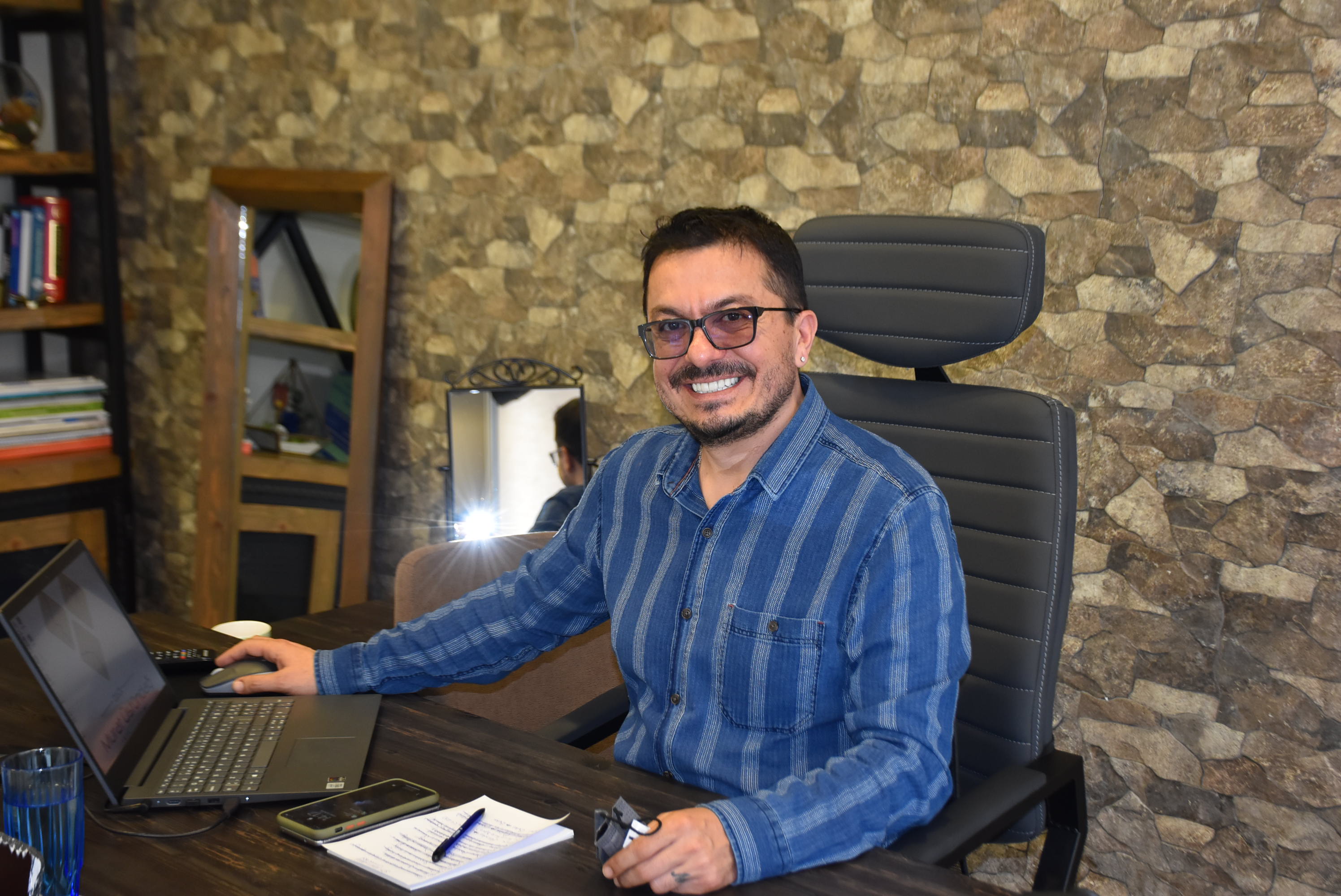- Call Now +90 542 821 14 91
- Working Hours 09:30 AM - 05:30 PM
Opr. Dr. Murat Üstündağ was born in Ankara in 1974. After graduating from Ankara Anıttepe High School in 1992, Üstündağ went to Gazi University Faculty of Medicine in the same year and continued his education there. During his specialization on Otorhinolaryngology-Head and Neck Surgery, in Trakya University, Üstündağ completed his personal development by researching especially in the fields of Aesthetic and Functional Nose Surgery and Ear Aesthetics. Üstündağ performed his compulsory service at Van Training and Research Hospital between 2010-2012. Üstündağ, who has successfully operated numerous cases on this subject, continues his scientific studies in the field of Aesthetic and Functional Nose Surgery. Üstündağ, having successfully operated numerous cases on this subject, continues his scientific studies in the field of Aesthetic and Functional Nose Surgery. Believing that aesthetic surgery should be approached with idealist thought, Üstündağ has attended many national and international congresses to improve and share his knowledge while also following the latest developments.


ENT specialists and plastic surgeons
who have devoted their years to this field , developed and bruised the elbow in
this regard, can perform this surgery.
In
recent years, Piezosurgery method, electrical instruments for nasal bone
rasping and radiofrequency applications have been used frequently in
rhinoplasty operations.
Two
interviews (minimum) are conducted with the patient before the operation to
inform him/her about the planning of the operation and the process to be
experienced. All of the patient's questions about the operation are also
answered. Lastly, it is an important detail to prepare the patient for the
operation by reinforcing the answers given to the questions of the patient
through the interviews made on and before the operation.
On the 7th day after the operation,
splints and silicone buffers are removed from the patient's nose. The patient
wears a bandage on his nose for 3-4 days. On the 10th day, the patient's nose
is now fully open. The nose completes 50 percent of the healing process within
the first month. The remaining 50 percent of the recovery occurs in the period
of 6-12 months. The patient continues to follow up with check-ups for the 1st
month, 3rd months, 6st months and the 1st year and the 2nd year.
Due to
the fear of nasal buffers used in nasal deviation surgeries, many people avoid
the surgery. Today, however, this situation has changed. After septoplasty and
rhinoplasty surgeries, buffers made out of silicone have started to be used.
Thus, wound healing is more rapid and a buffering effect is created without the
risk of bleeding.
The
reason for the post-operative bruises and swellings is the bleeding under the
skin that occurs during the intervention to a bone structure, called osteotomy,
while shaping it. If there are no interventions in this structure, then there
will be no bruising.
Although rare, excessive bleeding may occur within a few hours after
rhinoplasty. In this case, the patient should inform his doctor and seek help
without panicking.
Since
the cuts and stitches made in rhinoplasty operations are made in a much more
controlled manner, they are very difficult to see with the naked eye. In open
nose operations, a small suture scar remains at the base of the nose. In
endonasal, that is, closed operations, since the incisions are already inside
the nose, all traces remain inside.
Copyright © 2022 Doktor Murat Üstündağ. Powered by Swantro